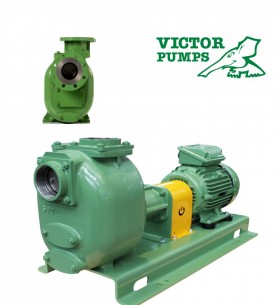

|
|
|
|
|
|
|
|
|
|
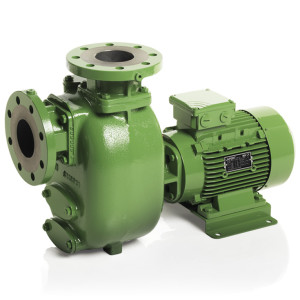 |
|
|
|
|
|
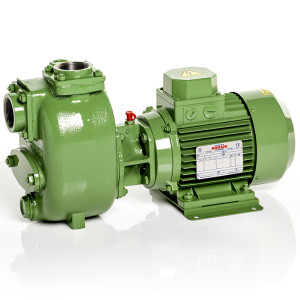 Close coupled pump Close coupled pump |
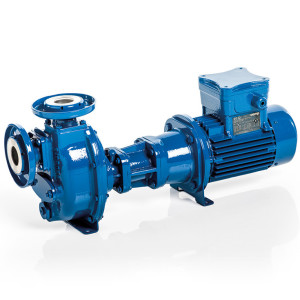 Bi-Block with flanged ports Bi-Block with flanged ports |
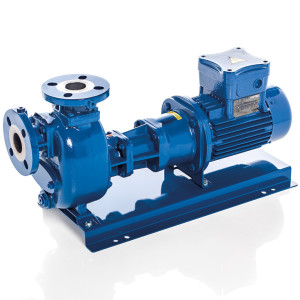 Bi-Block with flanged ports on base plate Bi-Block with flanged ports on base plate |
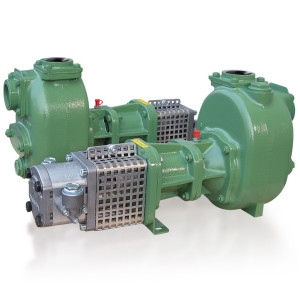 With hydraulic motor With hydraulic motor |
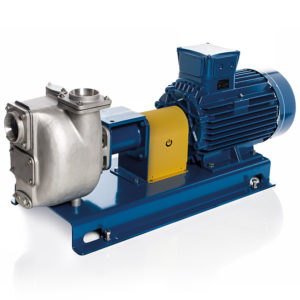 Classic, with elastic coupling, guard and B3 electric motor on base plate Classic, with elastic coupling, guard and B3 electric motor on base plate |
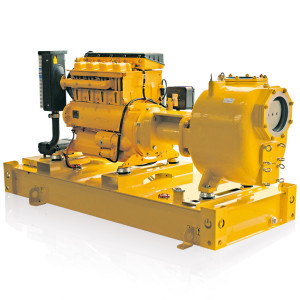 On tank frame On tank frame |
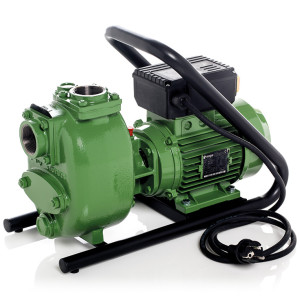 |
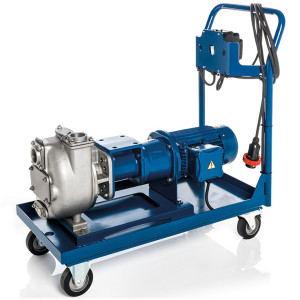 |
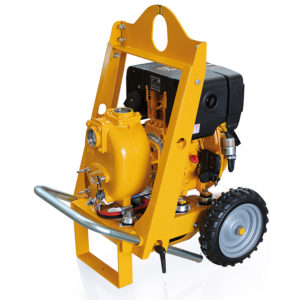 |
| On carrying frame | On trolley for flat ground | On trolley with 2 tractor profile wheels |
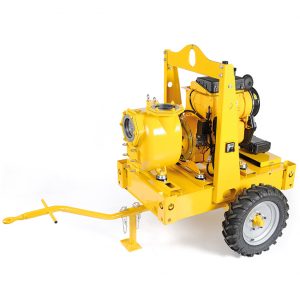 |
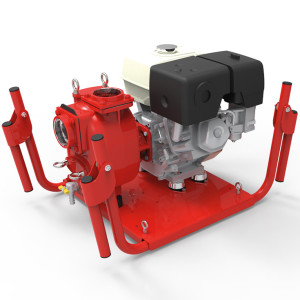 |
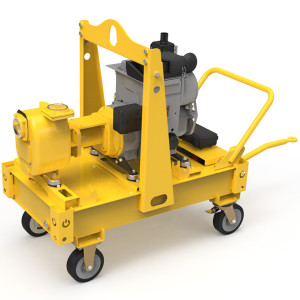 |
| On trailer with tank | On carrying frame for the emergency | On trailer with tank & 4 wheels for flat ground |
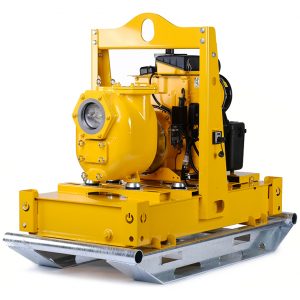 |
||
| On skid | ||